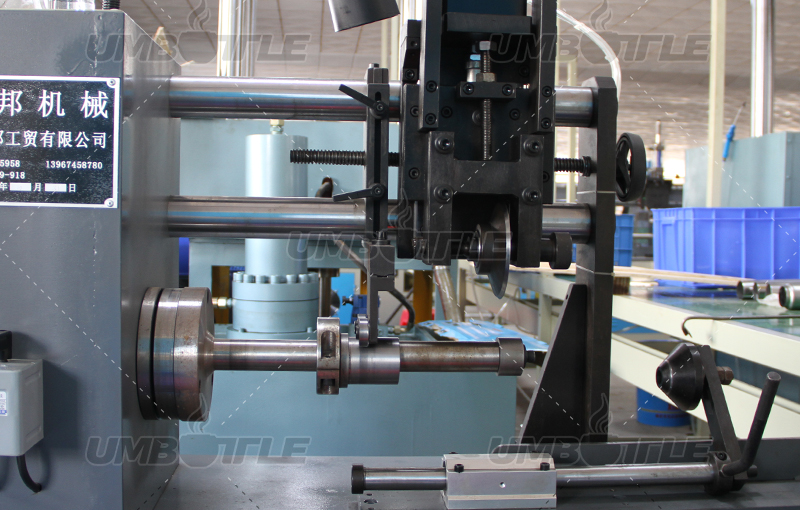Why the smaller or larger the water cup, the harder it is to manufacture?
With the rapid global development of e-commerce, the rapid exposure of products has made the consumer market increasingly pursue individualization. In order to occupy the market or the favor of more consumers, brands of water cups also speeded up product development, and continued to introduce more and more subdivided products.
In previous years, the usual capacity of stainless steel water cups on the market was 300 ml, 500 ml, 750 ml and 1000 ml. With the continuous introduction of new products, a large influx of water cups of various capacities quickly broke the traditional capacity setting. Take the stainless steel insulated water cup as an example, the smallest capacity is 90ml, and the largest is 2500ml. Among them, more than a dozen different capacities have been added. While satisfying the market’s pursuit of novelty, it puts a lot of pressure on the production plants.
As a factory that produces stainless steel water cups, many equipment have restrictions on the production specifications, and not one equipment can meet the production of various water cups with different capacities. Too small water cups and too large water cups are not only a test for the production equipment, but also a challenge for the processing technology.
For example, a water cup with a capacity of 90 ml, due to its small capacity, needs to be more precise than a large-capacity in laser welding and positioning of the product. Otherwise, the same small problem can't be found on other conventional capacity, but it is more obvious on the small capacity water cup.
A water cup with an oversized capacity, such as 2500 ml, will have difficulty in production that exceeds the normal capacity during processing. Such as the control of the processing pressure, the time control of laser welding, and the positioning of the inner tank and the outer wall. Due to the large capacity of the water cup and the heavy weight of the product, the load on the workers during processing increases, especially in some production links that require manual control. Once the manual control is unstable, the product is prone to deformation during production. For example, the thread rolling link is difficult for workers to grasp due to the large diameter of the product. At the same time, it is also necessary to ensure that the position of the water cup does not fluctuate greatly during thread rolling.
In summary, the smaller the water cup, the higher the accuracy requirements. The larger the water cup, the higher the requirements for product shaping, which is why the smaller or larger the water cup is, the more difficult it is to process.

Dongguan Zhanyi Commodity Technology Co., Ltd. mainly produces stainless steel water cups and plastic water cups, and undertakes OEM and OEM of water cups for the world.
Our company strictly abides by the industry's international standards, all materials need to have world food safety certification, and all production links implement product inspection systems. Global buyers are welcome to visit our official website, and we will have professional customer service staff to provide you with services online.